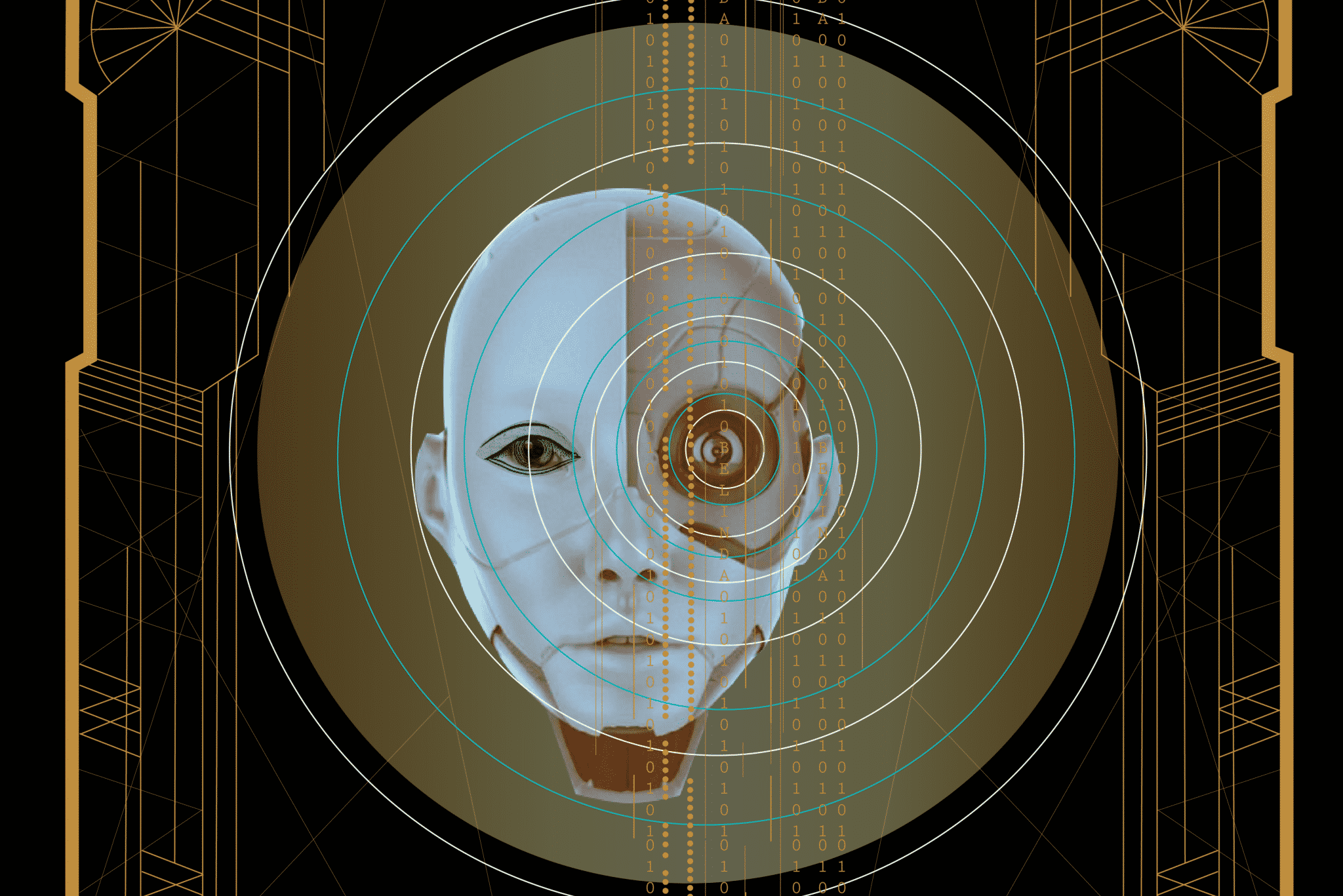Computer vision (CV), also known as artificial vision, is an interesting field within artificial intelligence which aims to endow machines with the ability to see.
CV scientists are dedicated to the design of computer programs that emulate the ability to see human beings. Due to the great complexity of visual perception phenomenon, they make use of various disciplines, including: Digital image processing, mathematics, physics, and neuroscience. Typically, a CV device consists of an image sensor (camera), a software platform for processing and analyzing the acquired images, and an executor that uses the resulting information.
The popularity of CV has increased rapidly in recent years, driven in part by the massive incursion of new low-cost technologies, such as cameras for cell phones and drones, coupled with the growing use of private and public video cameras for video surveillance. The global CV market size was valued at $11.32 billion in 2020 and is expected to expand to $20.05 billion in 2028, at a compound annual growth rate of 7.3%. The industrial segment accounted for 51% share of global revenue in 2020.
To talk about the use of CV in the industry, it is necessary to talk about machine vision (MV), because MV refers to the use of CV in industrial environments or in real world problems solution, where tasks are very specific and the setting is simple and well known. One of the most common practical applications of MV are imaging-based automatic product inspection, process control, and robot guidance in manufacturing operation. MV is an important part of the so-called Industry 4.0.
At the Center for Research in Geospatial Information Sciences (CentroGeo) in Aguascalientes, Mexico — one of the 26 public research centers financed by the National Council for Science and Technology of Mexico — León Felipe Dozal García, PhD, works on the application of CV techniques together with machine learning algorithms to solve practical problems.
He and his colleagues create bio-inspired algorithms to identify and locate objects in a scene through an image. With such algorithms, the computer can locate warning triangles and road signs on digital color images, which could be used in the smart vehicle industry. They also use well-known deep networks, trained to detect ecological traps like solar panels and parking lots using Google Earth satellite imagery.
Today, object detection techniques are applied in the manufacturing process to ensure the correct components are added as products move down the assembly line; and in the collection of containers carried out in warehouses by robots. In addition, it is used for the construction of harvesting machines to detect the location of the fruits, so machines can collect them. This same idea applies to weed-removal machines.
Another research line is about plague detection by using aerial multispectral images acquired by a camera mounted in a drone for forest monitoring. At the beginning of 2022, García and his colleagues of CentroGeo designed an algorithm to detect mistletoe in forest conservation area in México City. Now, they are expanding their study area to urban areas. This kind of technology is used in precision farming as part of farm machinery to monitor crops and detect and control diseases on plants.
García is also part of a research group for Recognition of Human Action. What they intend to create is an algorithm that recognizes the actions that are being captured by video surveillance. However, this is also useful for automatic categorization of video content, video games, health monitoring, and human-computer interaction.
The difference between a CV engineer and a scientist is narrowing. Due to the great success of using CV in conjunction with deep learning techniques to solve real-world problems, most CV engineering courses specialize in the use of this machine learning technique. The demand for CV engineers is increasing rapidly year after year as a result of the increase in CV applications which are transitioning to the public domain. According to Linkedin, there are currently over 141,400 job openings in the US alone and over 4,400 in Mexico. Now is a good time to study and master some CV skills and to increase the liaison between industry and CV scientists.
